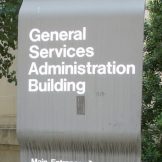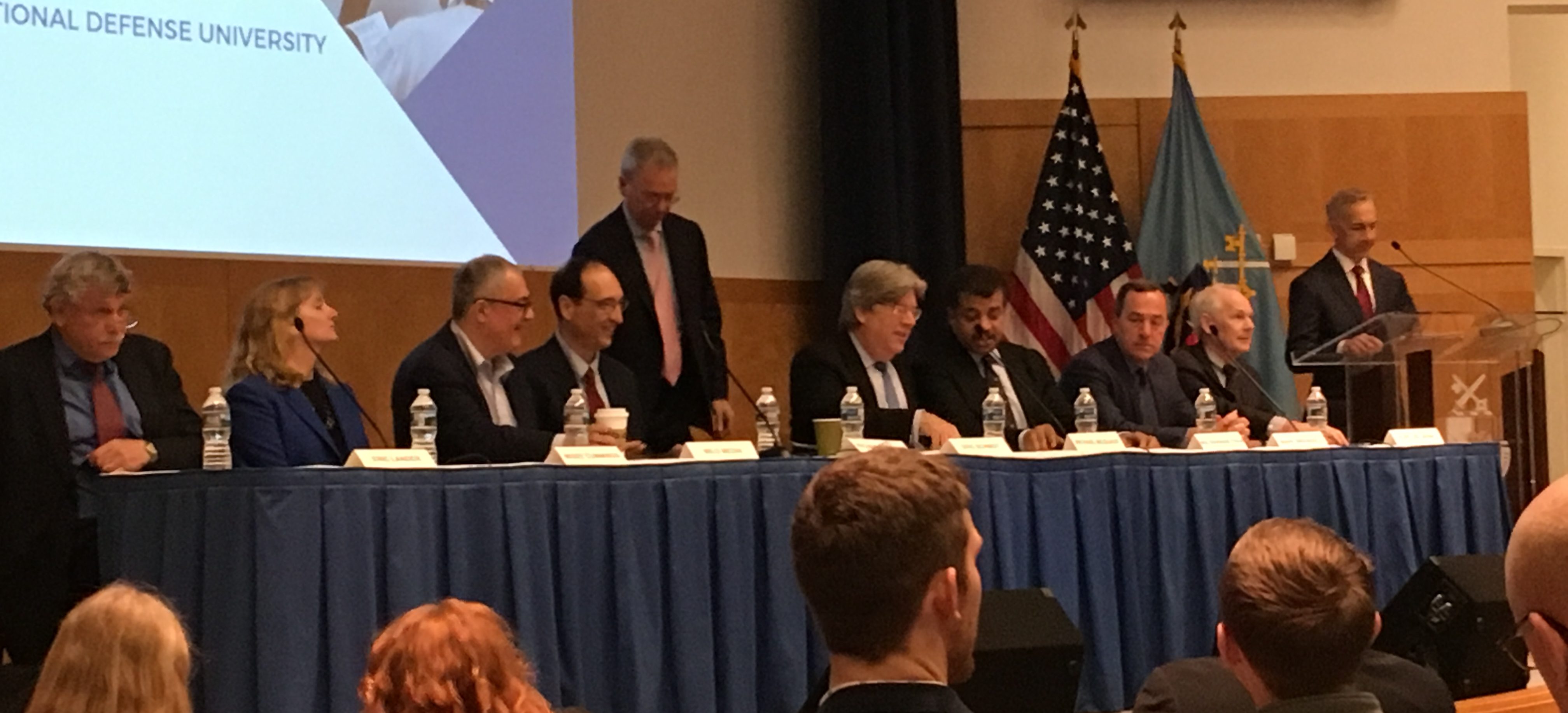Energy Department Should Do More to Update Legacy IT Infrastructure, According to OIG Audit
Sometimes agencies lack the time or resources to fully phase out legacy IT systems. According to a March 27 audit from the Energy Department (DoE) Office of Inspector General (OIG), DoE was one of those agencies.










